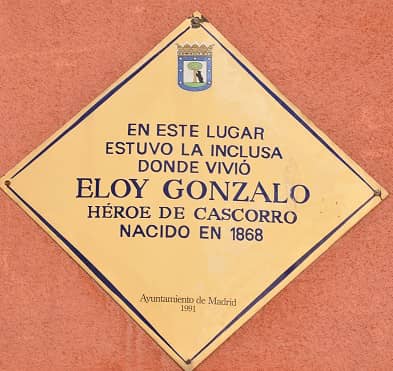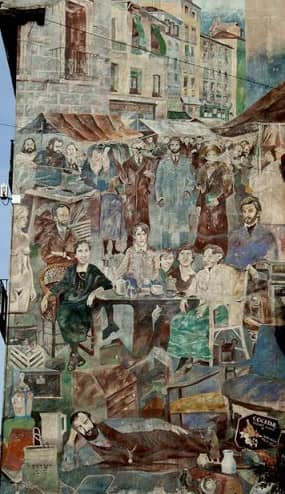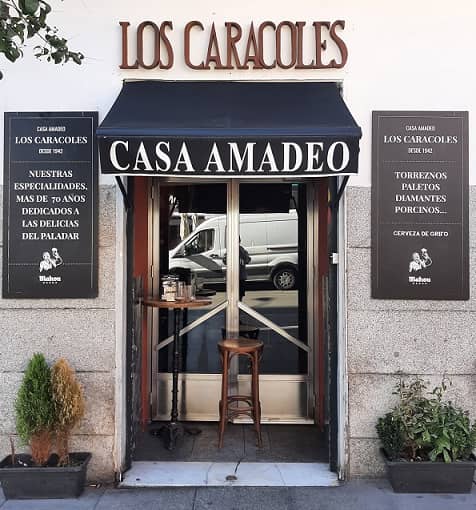
Cascorro Square – One of the most traditional in La Latina
In today’s article we bring you one the stories of the most traditional squares in Madrid, Cascorro Square.
Just one street away from Plaza Mayor and in between the neighborhoods of Latina and Lavapiés, Cascorro square is the beginning of the famous Sunday Rastro. Thus, it has a prominent position in local “madrileños” imaginery.
First of all, we have a slope with Ribera de Curtidores street, the epicenter of the Rastro de Madrid held every Sunday. This market attracts locals, tourists, curious people and collectors since in addition to having the typical stalls selling second-hand clothing, decoration, jewelry, sports, hunting or mountain clothing, it has a spectacular number of antique dealers, restorers, looms, pets and of course rare books.
The statue in the center of the square on that side represents Eloy González, the hero of Cascorro. The soldier is usually called directly “Cascorro” but the truth is that Cascorro is the place, and Eloy is the man. Eloy González was born very close to this square, in the Lavapiés neighborhood on Mesón de Paredes street.

Abandoned in an inclusive, Eloy grew up poor and enlisted in the army. After an altercation with a lieutenant he was sent to prison. The government offered a pardon to prisoners who signed up to go to the Cuban War as volunteers. On August 6, 1896 he volunteered to burn down a rebel fort in the town of Cascorro. He asked his companions to tie a rope to his waist so that if he died, they could recover his body and bring it back to the Spanish positions. That’s how more of less things played out. With his can of gasoline and his torch there he went, being wounded and returning thanks to the rope. He would die within a few months, possibly of fever. It is to note that in this war the majority of casualties were due to illness.
Eloy González won the sympathies of the people of Madrid and was commemorated with this statue in the neighborhood where he grew up. As the neighbors got to know him, they began to call the square “Cascorro”, until the name was made official in 1913.

On the other side of the slope is the descent of Embajadores Street, so called because most of the foreign embassies were here during the time of the Austrians. In the future we will dedicate an article to this street. At the beginning of it, we can see a curious mural. This is the Cavestany Mural, a tribute to the Rastro and the bohemia of the 80s, the era of the so-called “Movida Madrileña”. Enrique Cavestany here represents 35 characters in the Rastro. You can even find Joaquín Sabina, taking into account that it was painted in 1983. It was recently restored in 2021.

It is also recommended to walk here during the week, along with the people filling the terraces, most of them residents of the area who are leaving for work, taste some less common extravagance such as the snails at “Los Caracoles”, and don’t stop thinking about the “chotis” by Olga Ramos, “Si te casas en Madrid” (If you get married in Madrid).
pero el caso es que todo que llega de fuera y bebe a pitorro
a los dos meses vive mejor que si hubiera nacido en Cascorro
(but the fact is that everything that comes from outside and drinks from a spout
After two months he lives better than if he had been born in Cascorro)
Yo le digo, forastero, que aunque no eres tú de aquí, lo serán tus herederos, si te casas en Madrid.
(I tell you, stranger, that although you are not from here, your heirs will be, if you marry in Madrid)
For more curiosities about Madrid, do not hesitate to join one of our free tour Madrid .